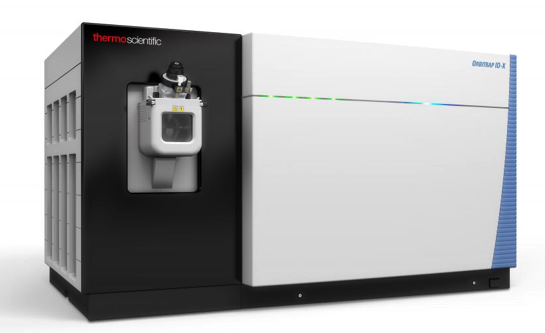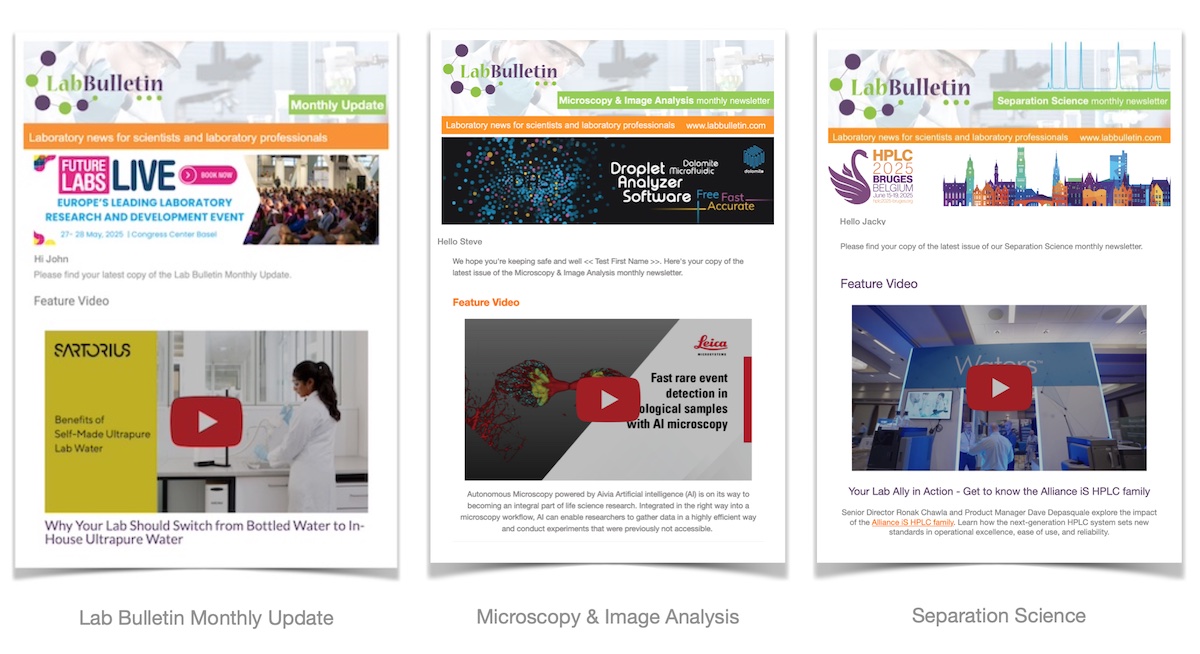Mass Spectrometry Software Accelerates Small-Molecule Characterization
Thermo Scientific Mass Frontier 8.0 software with Thermo Scientific Orbitrap ID-X Tribrid Mass Spectrometer streamlines small-molecule unknown compound identification and structural elucidation
Pharmaceutical scientists are now able to overcome challenges associated with the identification and characterization of small molecules and their fragments with Thermo Scientific Mass Frontier 8.0 software, which quickly translates complex data into actionable, sharable knowledge.
Brought together by Thermo Fisher Scientific’s continuing 20-year collaboration with HighChem, Mass Frontier 8.0 software enables analysts to rapidly deconvolute and search information-rich, MSn mass spectrometric data produced during the identification and structural characterization of small-molecule unknown compounds and their fragments. Thermo Fisher showcased its latest chromatography and mass spectrometry solutions at the 12th Annual Meeting of the American Association of Pharmaceutical Scientists (AAPS 2018).
“Small-molecule unknown compound identification and analysis using mass spectrometry generates large quantities of complex data, which is labor intensive and time-consuming to process and confidently turn into knowledge,” said Iain Mylchreest, vice president, research and development, analytical instruments, Thermo Fisher Scientific. “Through its powerful algorithms and fully-curated knowledge databases of spectral and fragmentation data that covers 95% of all published fragmentation pathways, Mass Frontier 8.0 software accelerates small-molecule characterization.”
“We have been using the Mass Frontier software for over 10 years in the UC Davis Fiehn Lab and think every mass spectrometrist should have a copy of Mass Frontier software,” said Dr. Tobias Kind, Genome Center, Metabolomics, University of California, Davis. “The functionality of mzCloud integration, as well as the look and design, is well-organized and intuitive.”
The Mass Frontier 8.0 software enables scientists to go from complex data to actionable, sharable insights by:
- Making unknowns known through searching deconvoluted components against mzCloud, the world’s most comprehensive mass-spectral database
- Providing confidence in data through access to a fragmentation library of more than 52,000 schemes, all of which are curated from peer-reviewed scientific papers
- Building pathways to knowledge with access to the Metabolika biological pathway database, providing 370 curated biochemical pathways with annotated reactions and corresponding metadata for various organisms
- Constructing, storing and managing spectral libraries using the Data Manager software, providing the ability to share this knowledge across a network or organization
In combination with the Thermo Scientific Orbitrap ID-X Tribrid Mass Spectrometer supporting the Thermo Scientific AquireX intelligent MSn data acquisition strategy, Mass Frontier 8.0 software can be used to capture more low-abundance analytes through streamlined data analysis and mass spectral prediction tools. This eliminates the labor-intensive and time-consuming steps analysts face when identifying small-molecules and their respective fragments using traditional solutions, providing greater insights, understanding and confidence when turning data into actionable knowledge.

